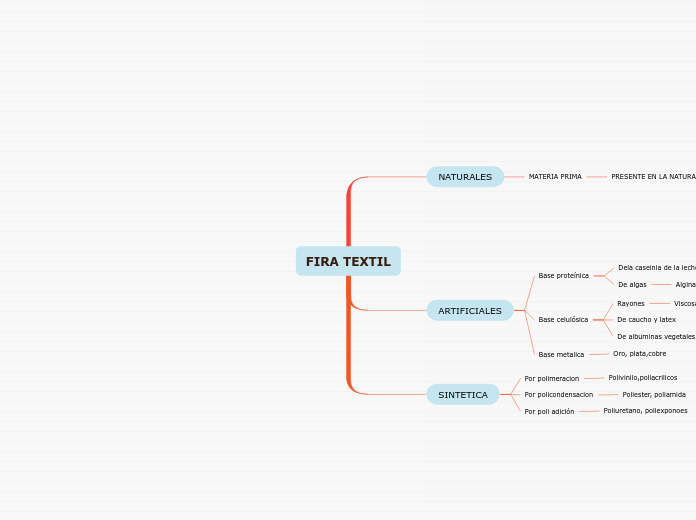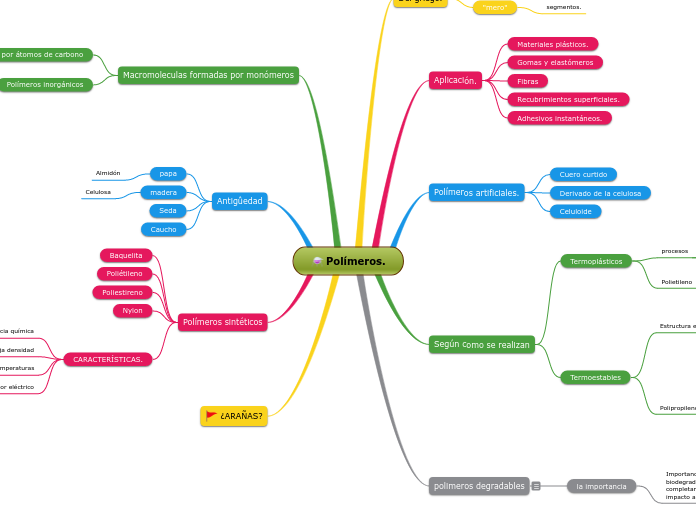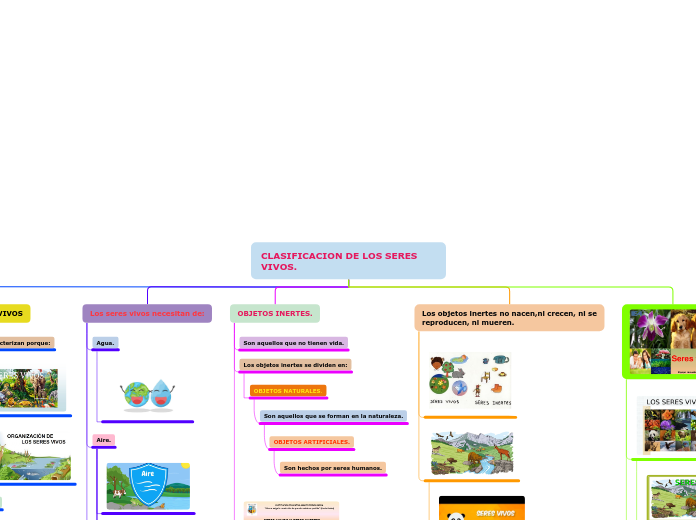FIRA TEXTIL
To name your story, you have to think about the overall message and what you want your audience to understand from the story. Also, make it relevant and easy to remember.
SINTETICA
The ending of a story is essential. We all know that if the ending is weak, what happened before loses its importance. So make it unpredictable, but fair. A resolved ending answers all the questions and ties up any loose threads from the plot.
Por poli adición
Poliuretano, poliexponoes
Por policondensacion
This is the closure section of the story.
See examples of possible outcomes below:
- all problems have been solved
- it's clear how each one of your characters ends up
- your main character is transformed by the challenge
Poliester, poliamida
Try answering these questions to come up with a closure:
- Have all the problems been solved?
- Is there a clear picture of what happens with each character in the story?
- Has the challenge transformed your main character?
- How do the characters feel in the end?
Por polimeracion
This is the moment when the main character surpasses the last obstacle and finally faces their greatest challenge.
The climax usually follows one of these patterns:
- realization
- resolution
- choice
Type in your answer.
Polivinilo,poliacrilicos
ARTIFICIALES
The middle of the story is where you add layers of complications that will lead to the end. Reveal more about the character's journey. Did their personality go through changes? How did they overcome the challenges? And as you build up the story’s central conflict, make it more personal to that character. Also, from the middle act, you have to lead into the final act.
Base metalica
Oro, plata,cobre
Base celulósica
De albuminas vegetales
De caucho y latex
Rayones
Viscosa,cupro,acetato
Base proteínica
Each story has a main character and that character usually needs to solve a problem or challenge. The character's challenge is the one that creates tension throughout the story.
De algas
Type in any other challenges which other characters in the story need to face.
Alginato
Dela caseinia de la leche
In most stories, there are 3 challenges. The number 3 is a mystical number symbolizing completeness. Try to come up with interesting challenges with which your character needs to struggle.
See a few examples below:
- turns into a werewolf at night
- is sent back in time
Fibroina
NATURALES
In the beginning of the story (or the exposition), you will need to introduce the setting and characters. You might also want to introduce the main conflict. This part of the story is important because it gives the reader necessary background information and maybe even a first insight into a character’s personality.
MATERIA PRIMA
Characters are essential to a good story. Usually, the protagonist(s) is/are the most affected by the plot. Introduce a character by focusing on their actions, interests, and occupation, as the physical appearance doesn't make a difference in most cases.
PRESENTE EN LA NATURALEZA
Type in the name of your character.
Other
Add other qualities/attributes of the character.
MIENRAL
What is your character's main goal?
fight Evilfind lovedefeat his/her enemyrule the worldmake friendstime travelmake an awesome discoveryOther
Asbestos, fibras de vidrio, fibra de carbono
ANIMAL
Which traits best describe the character's personality? Choose more if necessary:
introvertedloyalkindindependentquick-thinkingadventuresomeidealisticsweet-naturedcalmrisk-takercreativewittystrictfussyweirdclumsyharshaggressivecarelessclingingcowardlycrueldeceitfulimpulsiveOther
Procedentede foliculos pilosos
Pelo de alpaca, de angora, de buey, caballo,conejo, castor , camello, cachemira,abara,guanajo, llama, nutria, vicuña, yak
Procedente de las glándulas sedosas
Seda, seda salvaje
VEGETAL
Choose the type of your chacter:
Protagonist (main character)Antagonist (main character's opponent)Flat (stereotypical character)Round (his/ her personality develops throughout the story)Static (doesn't evolve as a person throughout the story)Dynamic (dramatical change in personality)Confidant (the main character trusts him/ her)Foil (contrasting character who enhances the personality of another character)Other
Procedente del fruto
Coco
Procedente de la hoja
Esparto,sisal
Procedente del tallo
Lino, cañamo,yute,Ramio
Procedente de las semillas
Algodón










